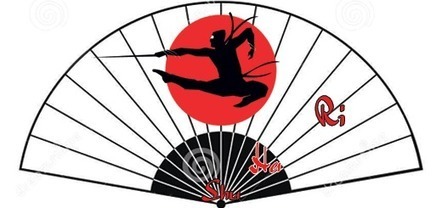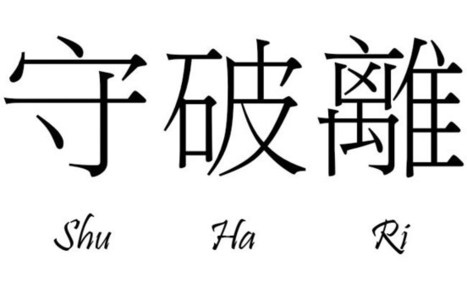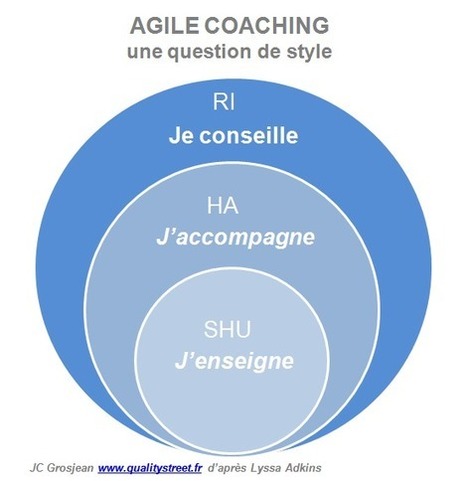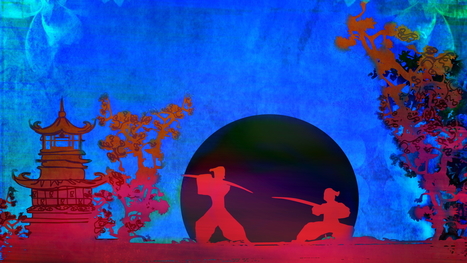InfoQ interviewed Ritika Singh about the heart of agile, using Shu-Ha-Ri and Kokoro to achieve the mastery of being agile, and to adapt to the pace of the market and competitive change.
InfoQ: How can we use the heart of agile from Alistair Cockburn to map out daily agile activities?
Ritika Singh: Heart of agile talks about an agile culture by simplifying it into four stages – Collaborate, Deliver, Reflect and Improve and if we look into daily agile activities, they all revolve around these four imperatives.
If we dive deep into agile activities all we are trying to achieve is more collaboration within and between teams starting with the daily stand-ups, refinements, and sprint planning which helps teams to collaborate with all the required stakeholders, making it fast and simple for teams to deliver. This is then followed by retrospectives which give teams and organizations a chance to reflect and eventually improve on things for them to perform better. So, overall the heart of agile very well depicts the agile activities.
Research and publish the best content.
Get Started for FREE
Sign up with Facebook Sign up with X
I don't have a Facebook or a X account
Already have an account: Login
For Product Owners/Product Managers and Scrum Teams: Growth Hacking, Devops, Agile, Lean for IT, Lean Startup, customer centric, software quality...
Curated by
Mickael Ruau
 Your new post is loading... Your new post is loading...
 Your new post is loading... Your new post is loading...
|
|

















